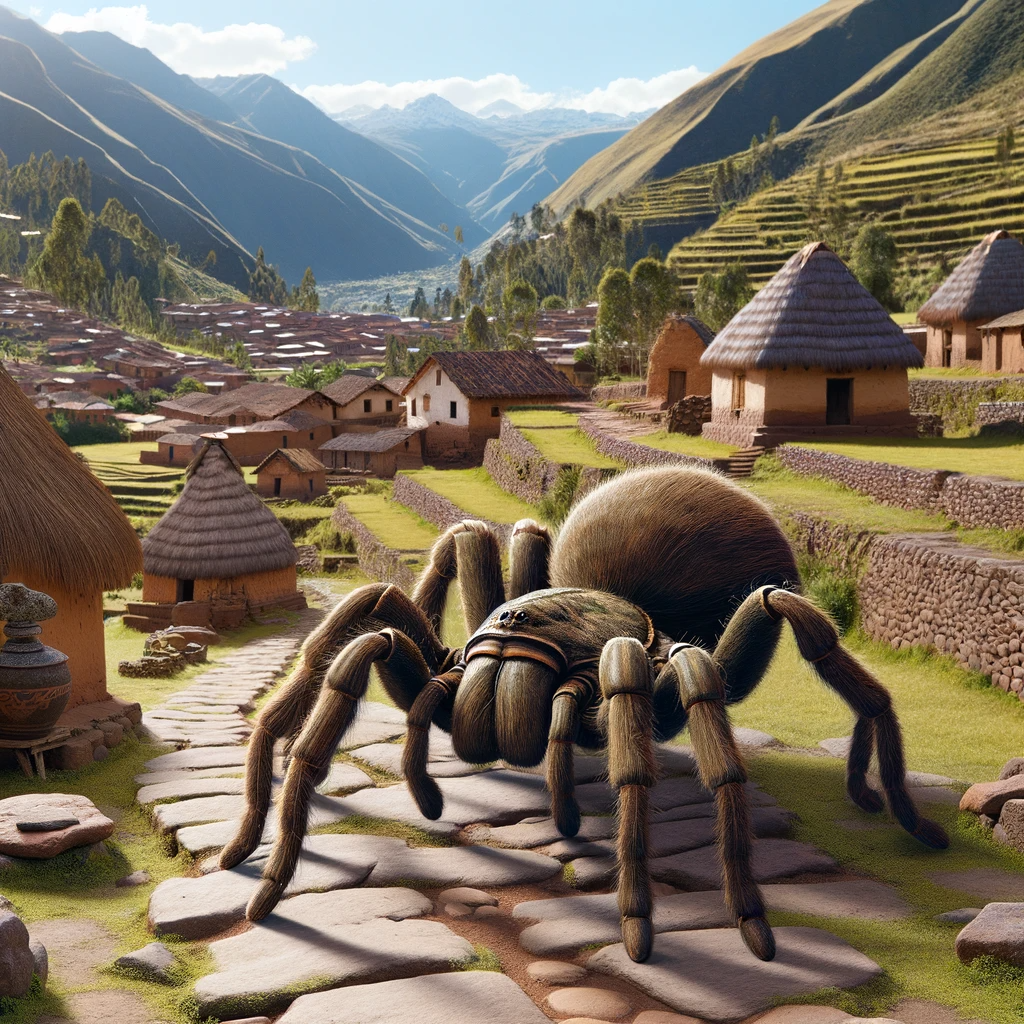
Kuyani, a captivating figure in Quechua mythology, embodies a unique blend of reverence and mystery.
Origins and Mythological Background
Kuyani, often depicted as a spider, is deeply rooted in the rich tapestry of Quechua mythology. The Quechua people, primarily residing in the Andean regions of South America, have a profound connection with nature and the cosmos, which is vividly reflected in their myths and legends. Kuyani, in particular, symbolizes the intricate balance between creation and destruction, a motif prevalent in many indigenous cultures.
Symbolism and Characteristics
In Quechua mythology, spiders, like Kuyani, are not just creatures of the natural world but also potent symbols of creativity and skill. The spider’s ability to weave intricate webs is often seen as a metaphor for the complexities of life and the interconnectedness of all things. Kuyani, as a divine spider, represents this cosmic web, weaving the fates and destinies of humans and gods alike.
Moreover, Kuyani is sometimes associated with protection and guidance. The web, while delicate, is also a powerful trap for the unwary, symbolizing the idea that wisdom and skill can overcome strength and brute force.
The Role of Kuyani in Quechua Culture
For the Quechua people, Kuyani is more than a mythical creature; it is a symbol of their cultural identity and a reminder of their ancient heritage. The stories and legends of Kuyani are passed down through generations, often as moral tales or as explanations for natural phenomena. These stories serve as a way for the Quechua to remain connected to their ancestors and to the spiritual world.
Festivals and Rituals
Certain Quechua festivals and rituals pay homage to Kuyani. These events are often marked by colorful dances, music, and the weaving of intricate textiles – a nod to the spider’s skillful artistry. These cultural practices not only honor Kuyani but also reinforce the communal bonds and shared beliefs of the Quechua people.
Modern Interpretations and Influence
In contemporary times, Kuyani continues to inspire artists, writers, and scholars, both within and beyond the Quechua community. The figure of Kuyani has been interpreted in various forms of art, literature, and academic studies, highlighting its universal appeal and the enduring legacy of Quechua mythology.
Conclusion
Kuyani, the mythical spider of Quechua lore, is a testament to the rich cultural and spiritual heritage of the Quechua people. It stands as a symbol of the intricate balance of life, the power of creativity, and the enduring strength of ancient traditions. As the world becomes increasingly globalized, the stories of Kuyani remind us of the importance of preserving and celebrating indigenous cultures and their unique perspectives on the world.
